Starbucks customers are increasingly feeling the impact of rising prices.
In Chicago, Dan Palmer reported that his once-favorite mango dragon fruit refresher now costs more than $6, a significant increase that has led him to reassess his patronage. “The prices have gone up — a lot,” Palmer said in an interview with the Wall Street Journal, highlighting a broader sentiment among customers as the chain’s prices continue to climb.
Long Wait Times and Customer Frustration
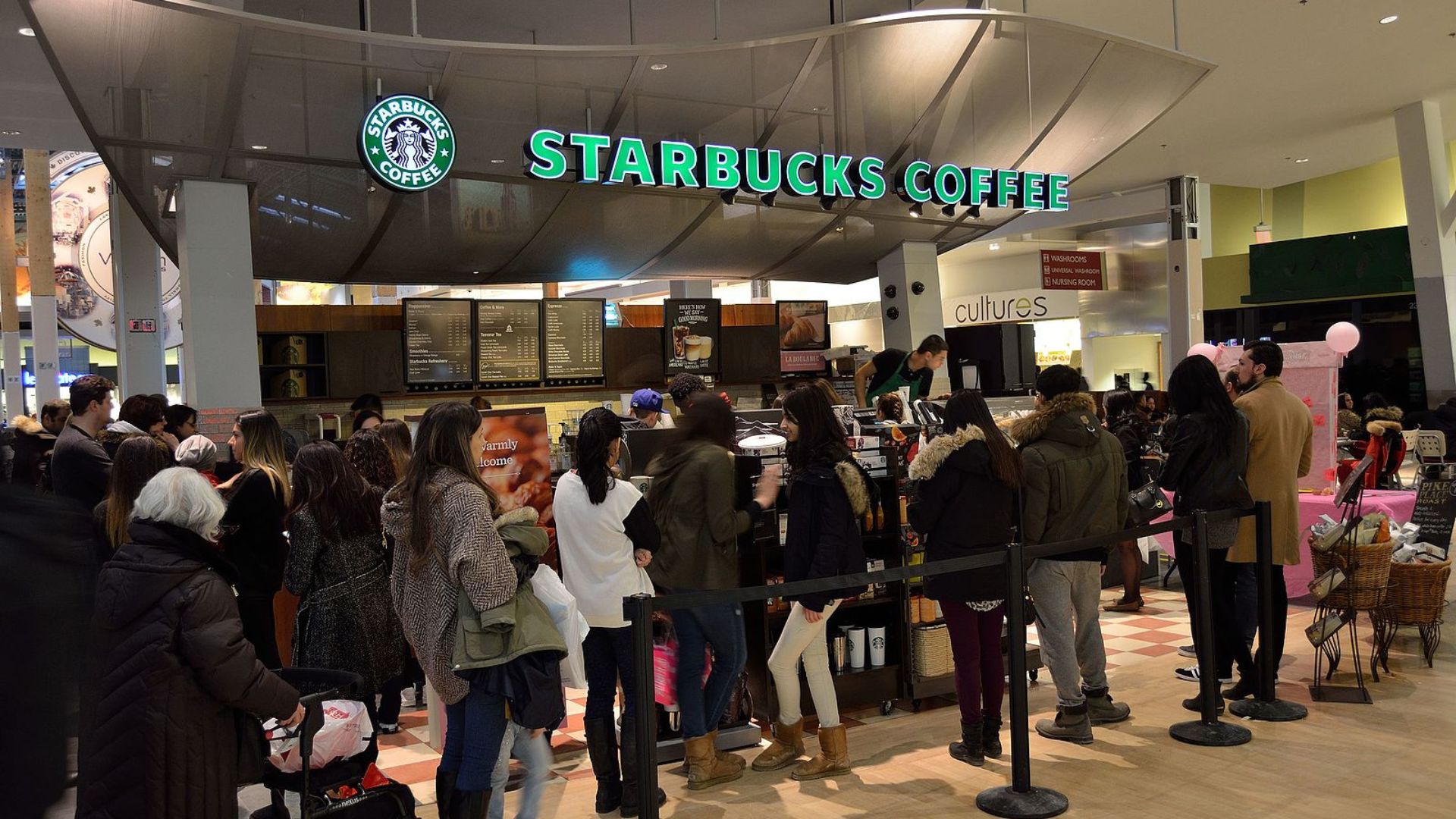
Many customers at Starbucks are facing lengthy wait times, which adds to their frustration.
The long queues and extended waiting times for orders, especially for simple items like black coffee, are causing dissatisfaction. Customers have expressed their irritation as baristas prioritize more complex drink orders, leading to even longer wait times for those waiting for simpler beverages.
Catching Up With the Kids
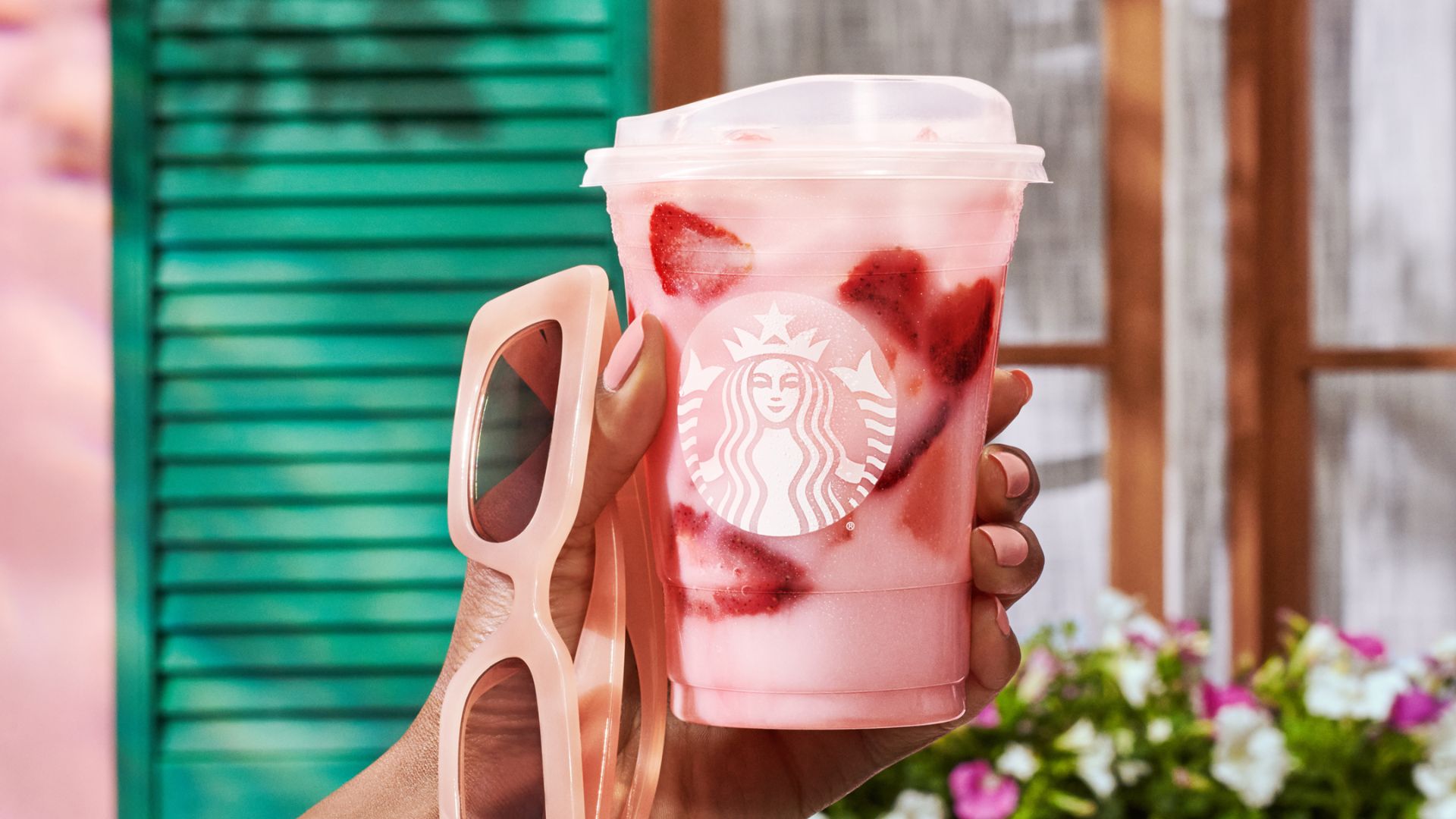
With its sugary and often aesthetically pleasing drinks, Starbucks is especially appealing to younger audiences.
However, data shows that many potential customers in their mid-teens use the Starbucks app to start orders but bail out before purchasing. Teens backing out may suggest that they are waiting too long for their orders to come through.
Tip Prompt Issues at Checkout

A notable source of frustration for Starbucks patrons has been the persistent prompts for tipping at the point of sale, especially before receiving any service.
Brad Pearl from Spokane, who frequented Starbucks multiple times a week, expressed his discontent with this practice to the Wall Street Journal: “You haven’t even been served,” he pointed out, emphasizing the premature nature of these requests.
New Leadership to Address Ongoing Issues
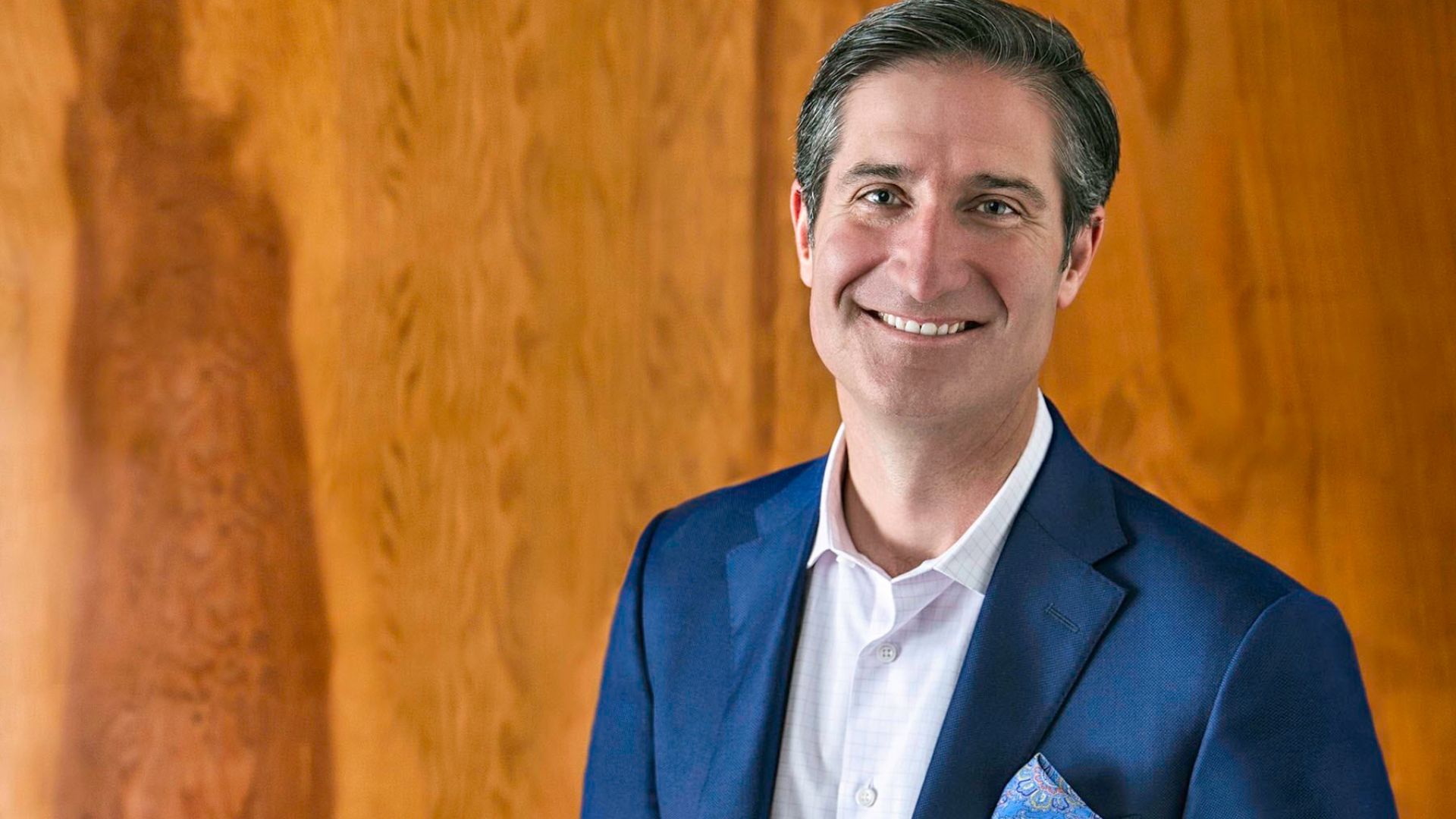
In an effort to address these growing concerns, Starbucks has appointed Brian Niccol, known for his successful turnaround of Chipotle, as the new CEO.
The company is hoping that Niccol’s experience and leadership can rejuvenate the struggling chain and improve its standing and operations amid ongoing customer dissatisfaction and operational challenges.
Rising to the Challenge
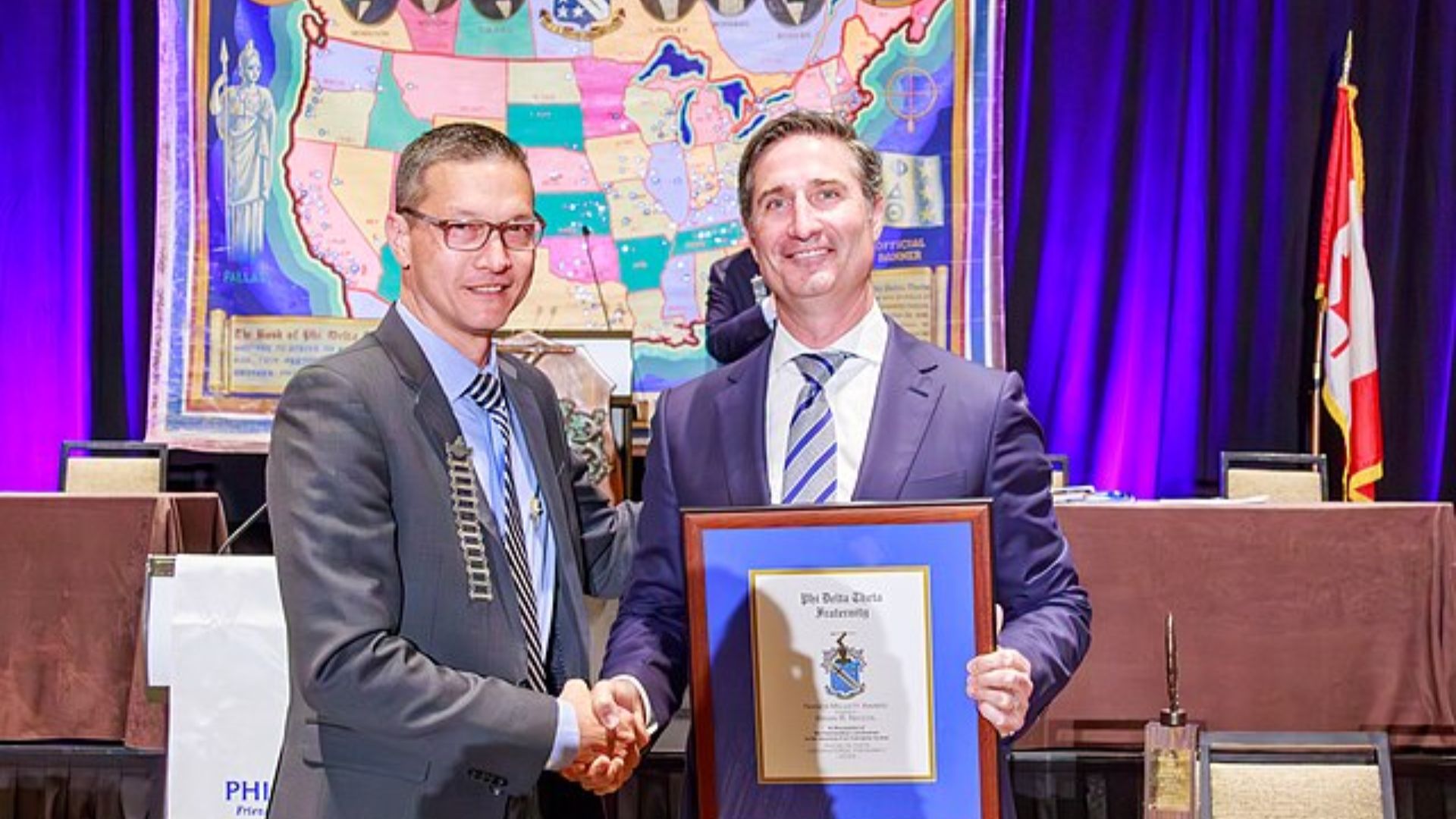
Niccol has a strong reputation after turning around Chipotle’s PR crisis following several food poisoning outbreaks.
Sales doubled during his time as CEO, and the share price soared from less than $7 to more than $50. Niccol said: “It’s hard to leave such a great company and all of the talented people I’ve had the pleasure to work with, but I depart knowing the business is in great shape and poised for growth with a strong, experienced leadership team.”
Decline in Customer Visits
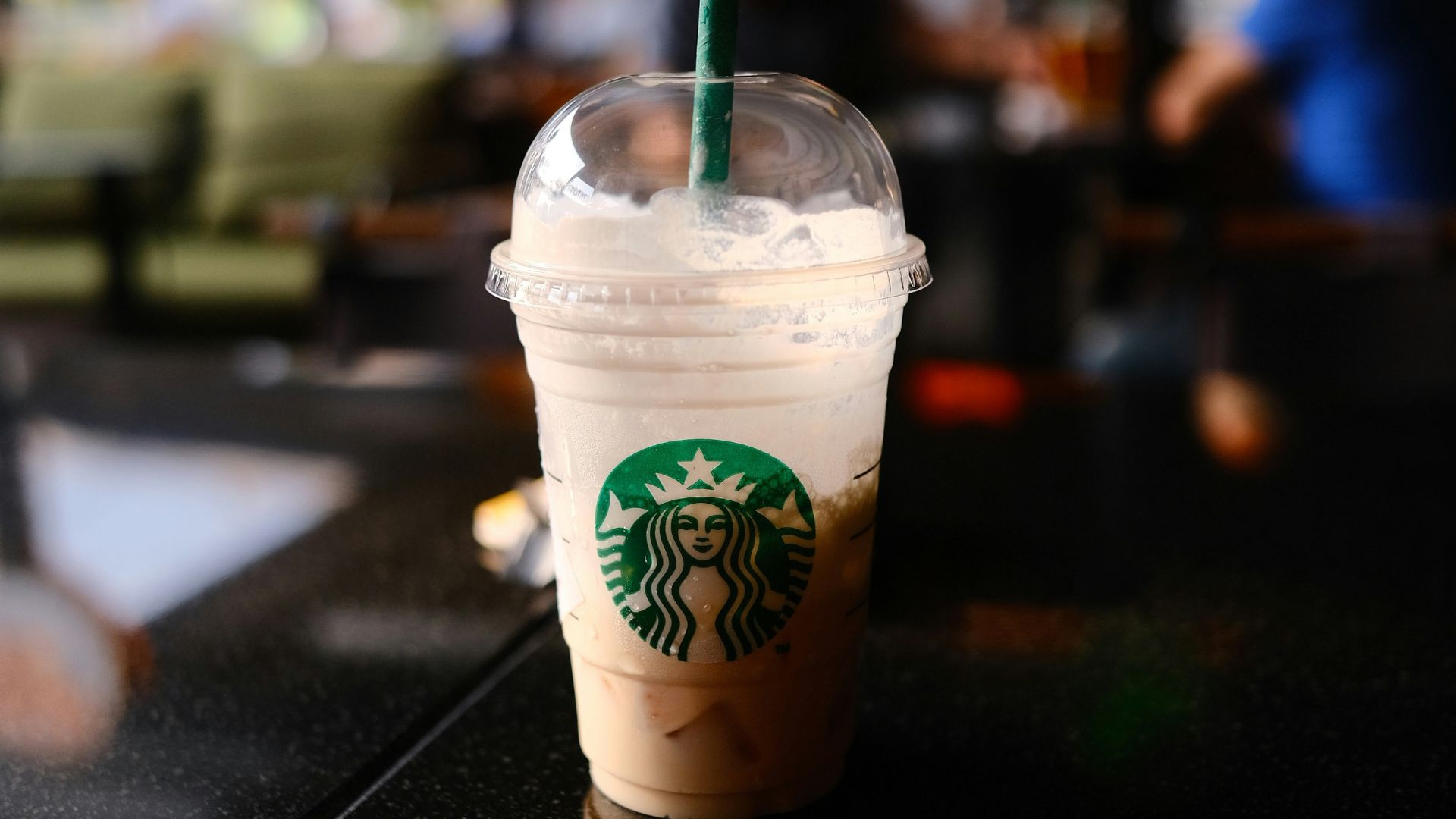
Starbucks has experienced a significant drop in customer traffic, with a six percent decline in U.S. orders during the fourth fiscal quarter of 2024.
This downturn is largely attributed to the increased pricing, which has become a barrier for many regular customers. Economic factors such as inflation and reduced dining out habits since the pandemic are exacerbating the situation.
Anxiety Persists
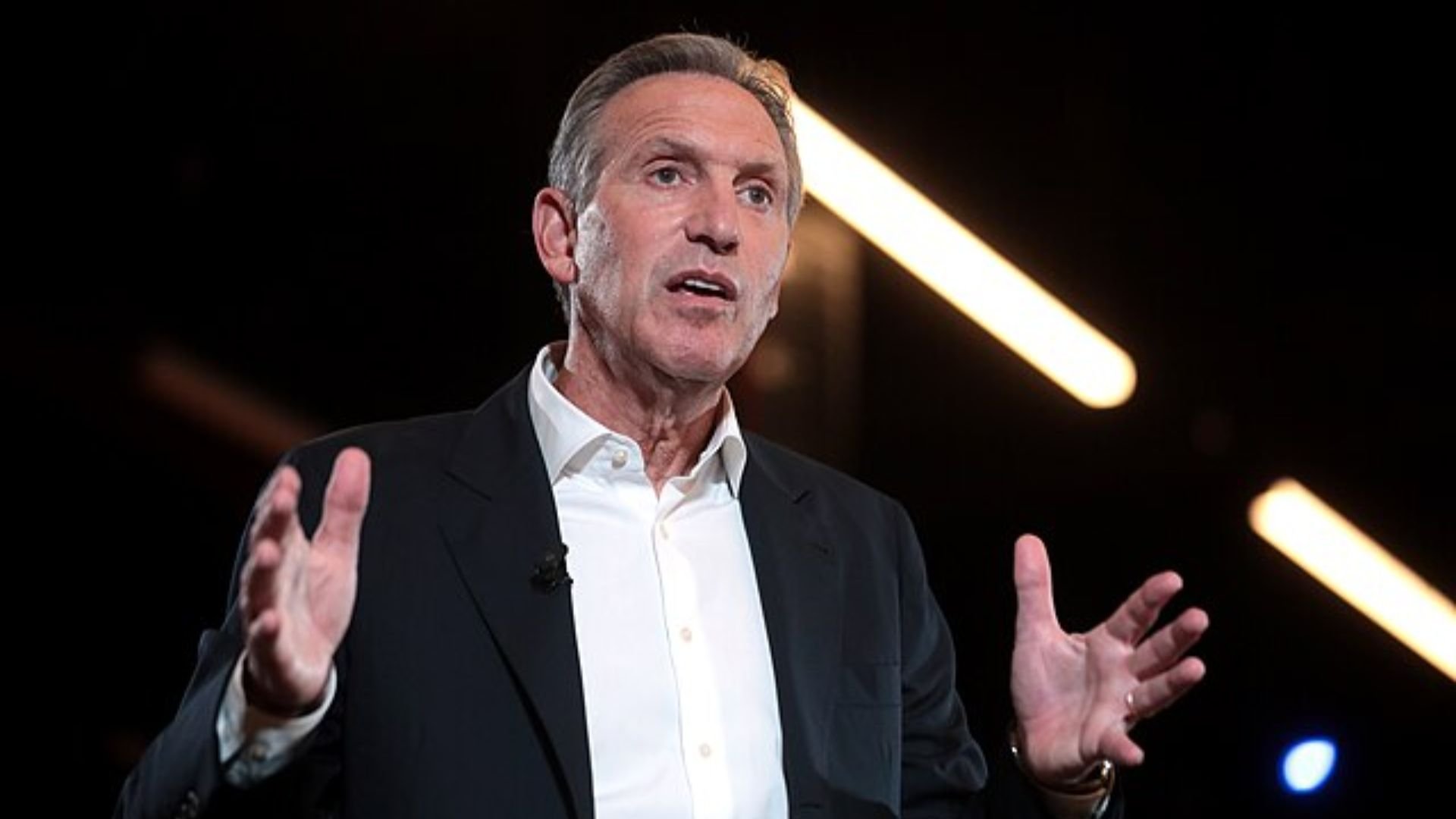
Despite Schultz’s choice to appoint Niccol to turn Starbucks around, he is still worried about the path the chain is heading down.
Schultz voiced concerns publicly about the company’s future after a severe sales fall. The former CEO advised that Niccol should further develop the app while working on the café ambiance. It is unusual for a CEO to continue to give advice after stepping aside as they normally give new chief executives a chance to make their own mark.
A Worrying Trend
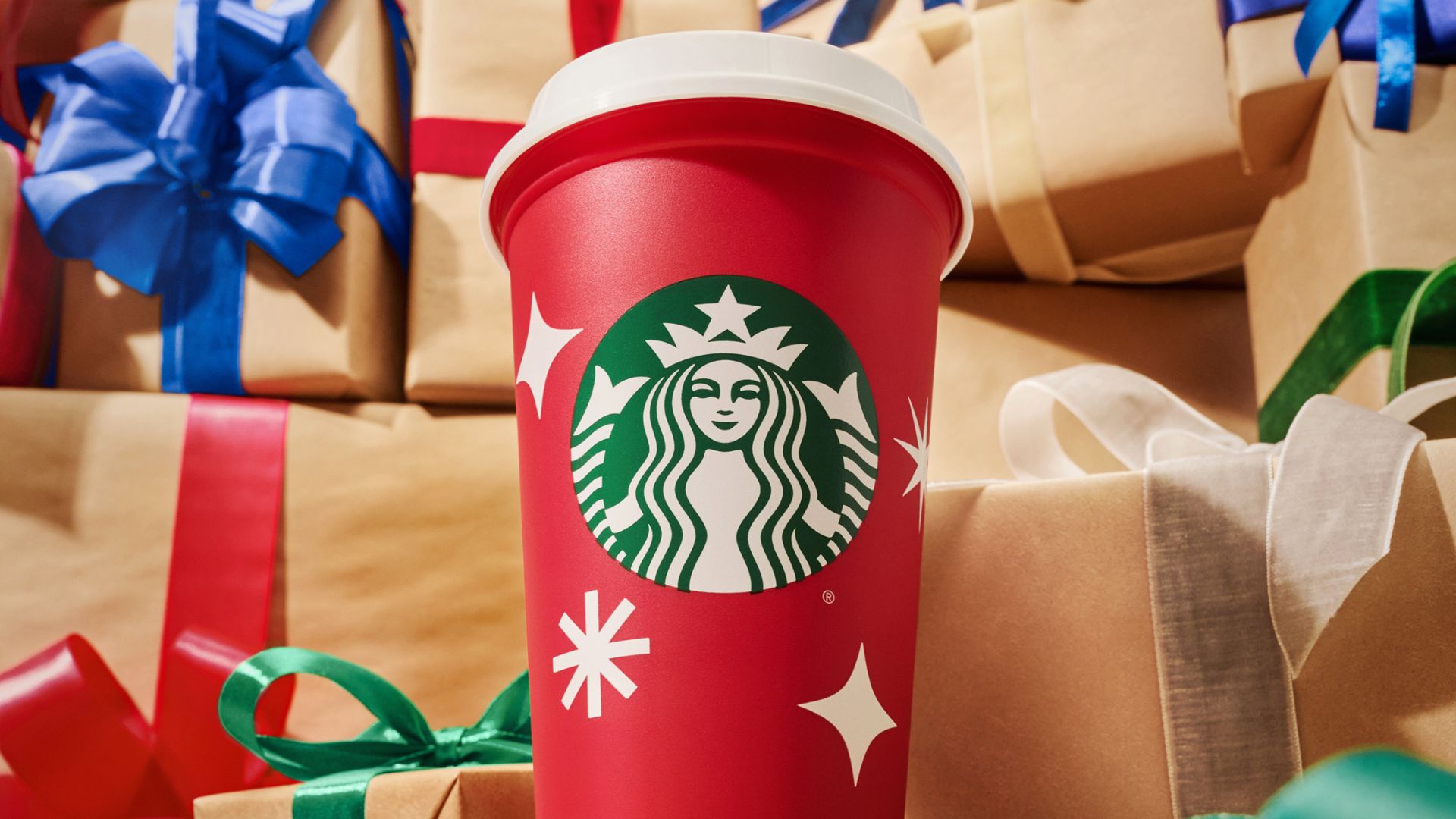
While the last quarter of the year tends to boost sales with its signature autumnal drinks and festive red cups, Starbucks must make up for a disappointing year.
According to CNN, this quarter was the second consecutive quarter of declines in sales. This fall in sales reflects consumers’ frustration with price hikes year on year.
A Soar in App Orders

Convenience is the new name of the game for Starbucks, as quick and easy orders are overshadowing sit-in customers.
This year, Starbucks reported more than 30% of orders in the U.S. came from the Starbucks app. While this may seem like a good problem to have, Schultz said that this has caused confusion in some stores.
Frenzy From the App
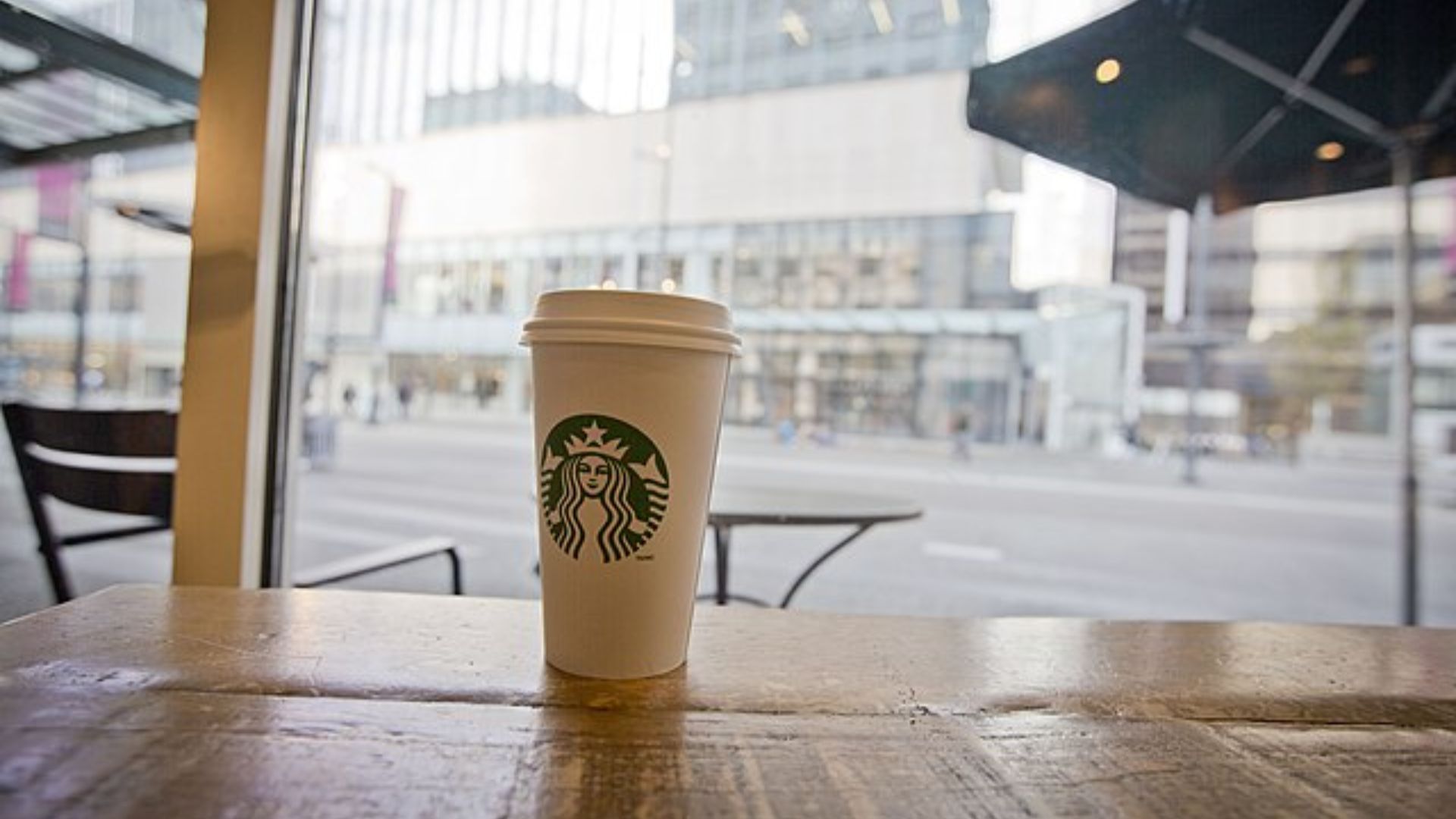
Schultz told the Wall Street Journal about the confusion and anxiety around the mobs of customers that swarm to locations because of app orders.
“Everyone shows up, and all of a sudden, we’ve got a mosh pit, and that’s not Starbucks,” Schultz said. He said while the app has upped sales, more should have been done to prepare for this to preserve the café environment.
Promotional Efforts to Retain Customers

In response to the faltering customer visits, Starbucks has launched several promotional strategies.
These include BOGO (Buy One, Get One free) days and new food-and-drink combos that range in price from $5 to $7. These efforts are aimed at maintaining customer interest and mitigating the impact of the financial downturn by offering more value for money.
Challenges With Mobile Orders
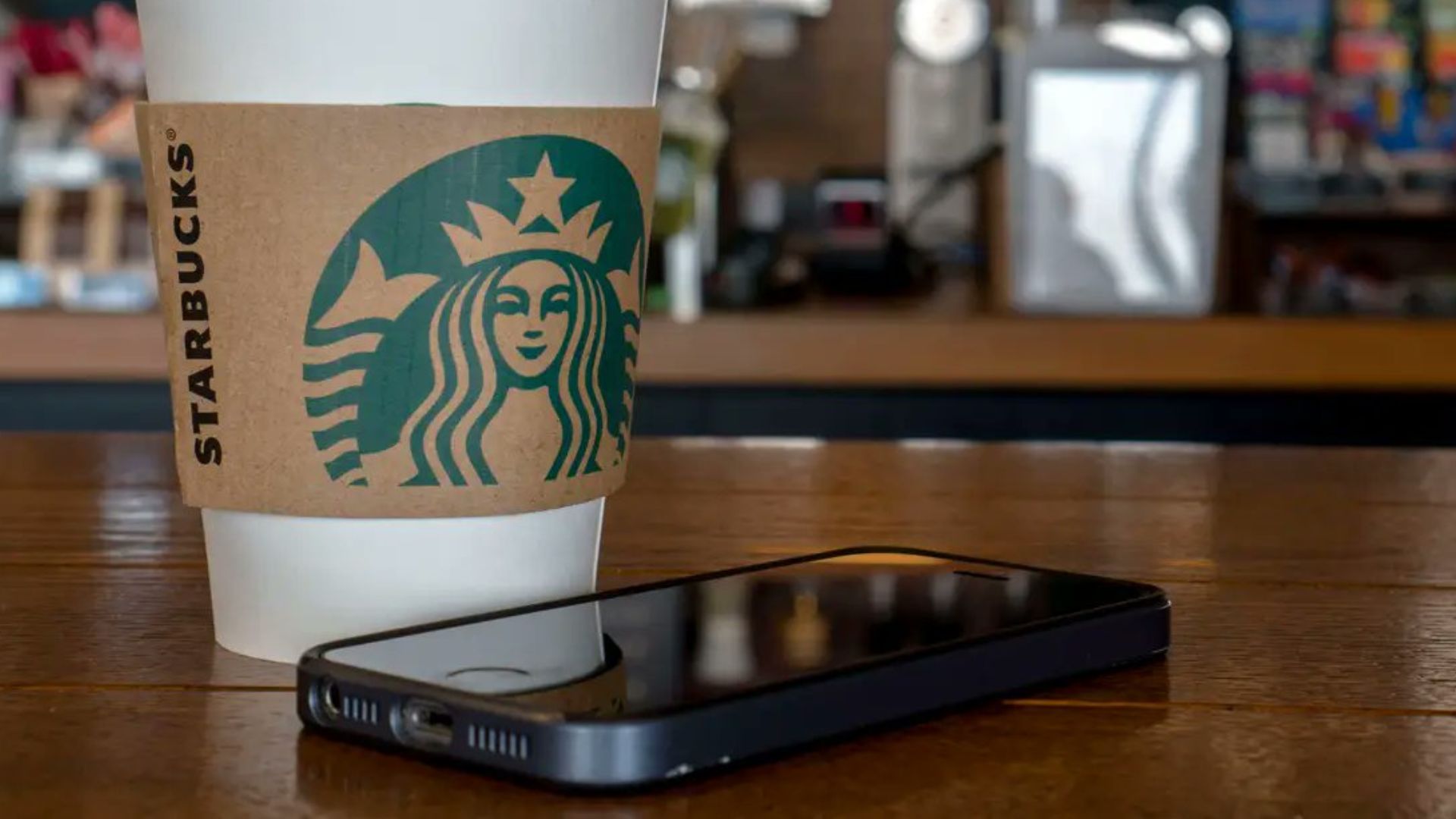
The increase in mobile orders has led to unexpected congestion in stores, particularly around mobile order pickup counters.
Whitni Mungin from Chicago told the Wall Street Journal, “A lot of people drink Starbucks not because it’s delicious, but because it’s convenient.” However, this convenience is often compromised by overcrowded pickup areas, detracting from the customer experience.
Store Redesigns Focus on Efficiency

To improve efficiency and manage the growing volume of orders, many Starbucks locations are undergoing redesigns.
These changes focus on accommodating more to-go orders, often at the expense of seating space. This shift is part of a broader strategy to streamline operations but has impacted the traditional café atmosphere that encouraged customers to linger.
Introduction of To-Go Only Stores

Starbucks is also introducing to-go only stores that prioritize quick pickup without offering seating or restroom facilities.
This new format is designed to cater to urban customers looking for quick service but shifts away from the traditional coffee shop experience, which was more conducive to relaxing and socializing.
The Have-In Days Are Over
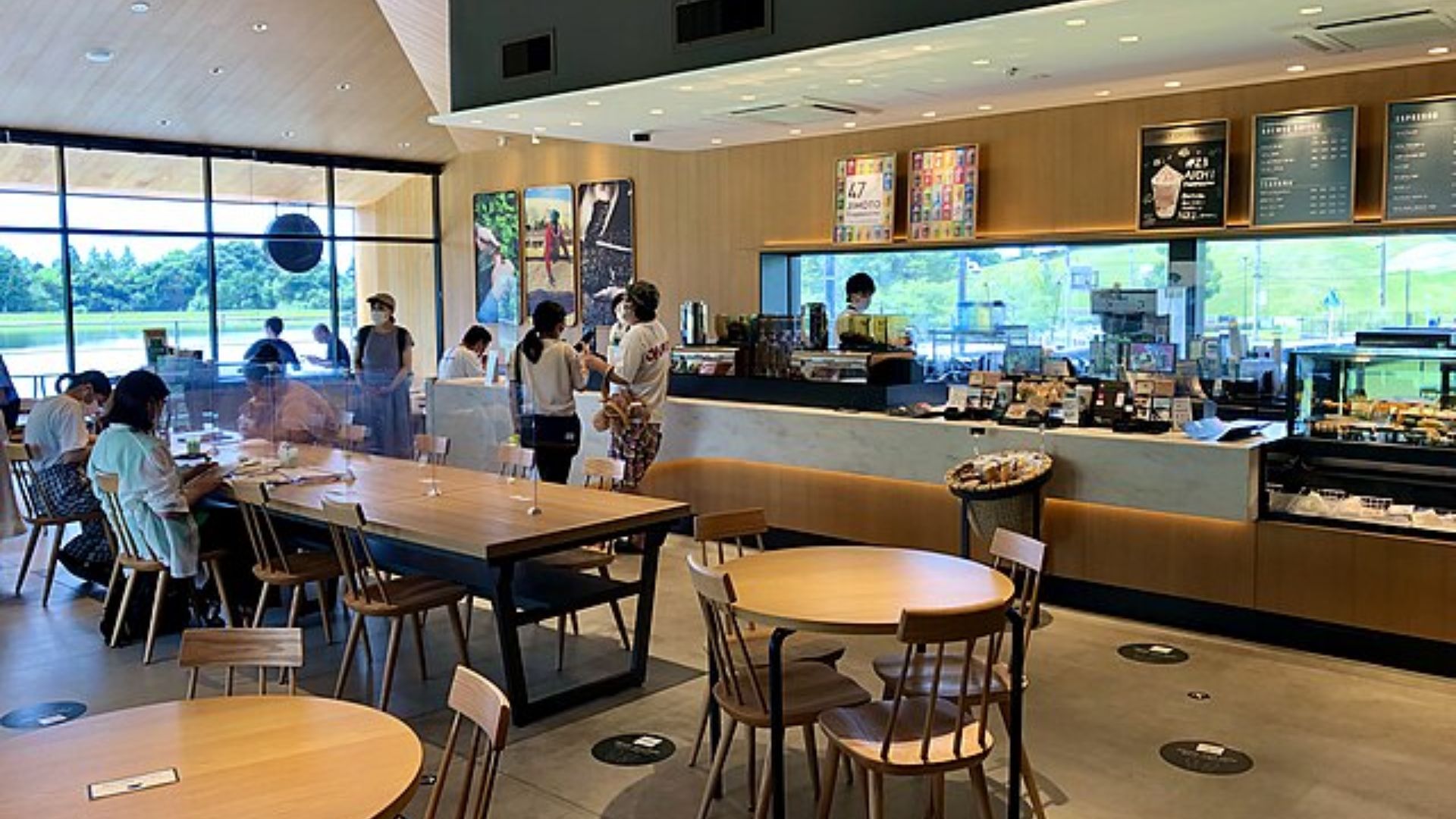
Not only do quick and easy-to-go orders reign supreme over Starbucks, but consumers are also less likely to have their coffee in-store nowadays.
Since the pandemic, 40% of customers are eating out less than they used to. Rising inflation also plays a factor when customers consider whether they really need a pumpkin-spiced latte this fall.
Against Starbucks’s Vision
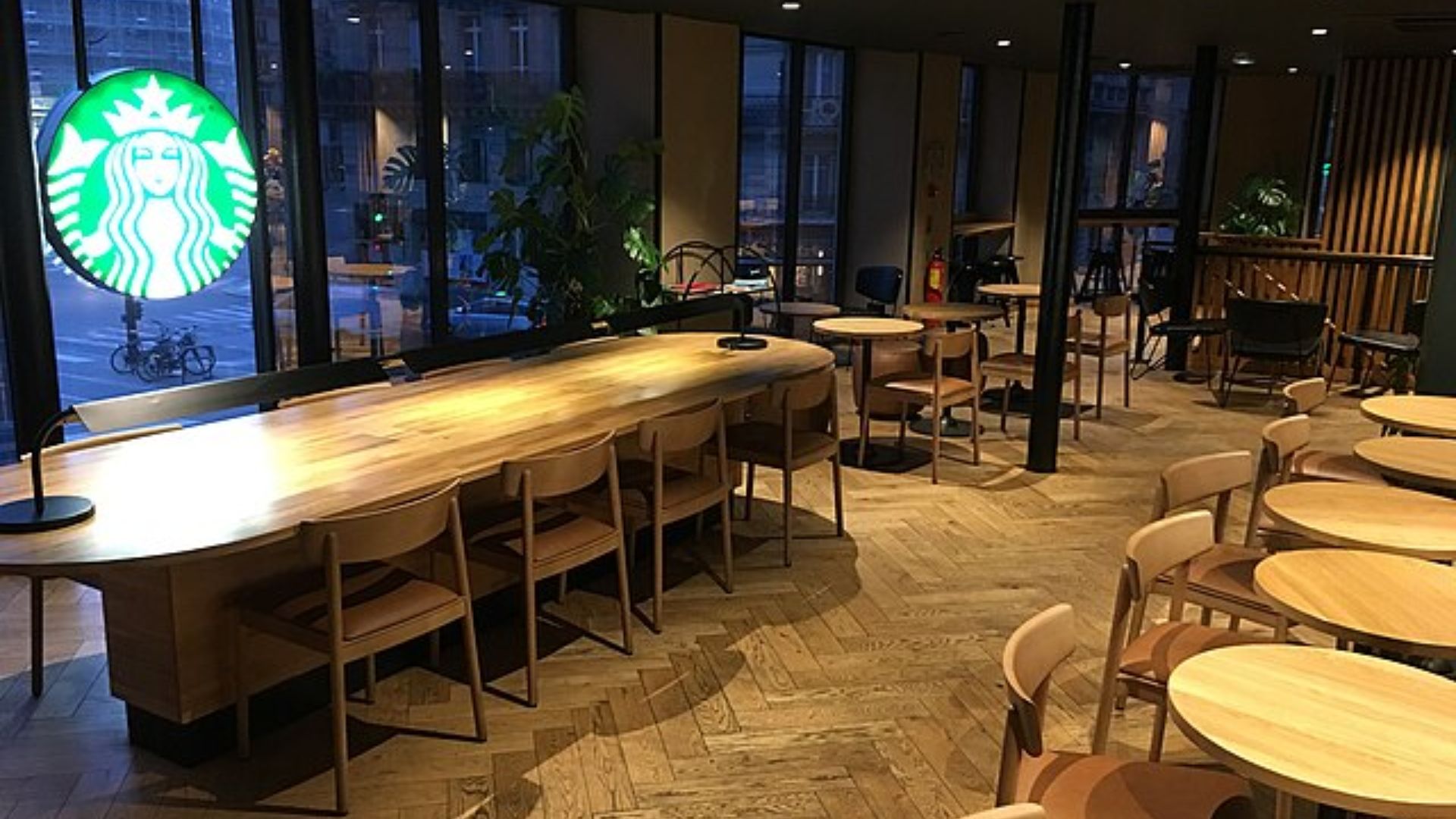
Starbucks’ shift toward efficiency over ambiance goes against the former leadership’s goal for the corporation.
To Howard Schultz, longtime leader of Starbucks, his cafés were supposed to be a “third space.” Starbucks was meant to be a place outside work and home to relax. But to-go or drive-through orders are quickly eclipsing Schultz’s vision.
Innovations in Beverage Preparation
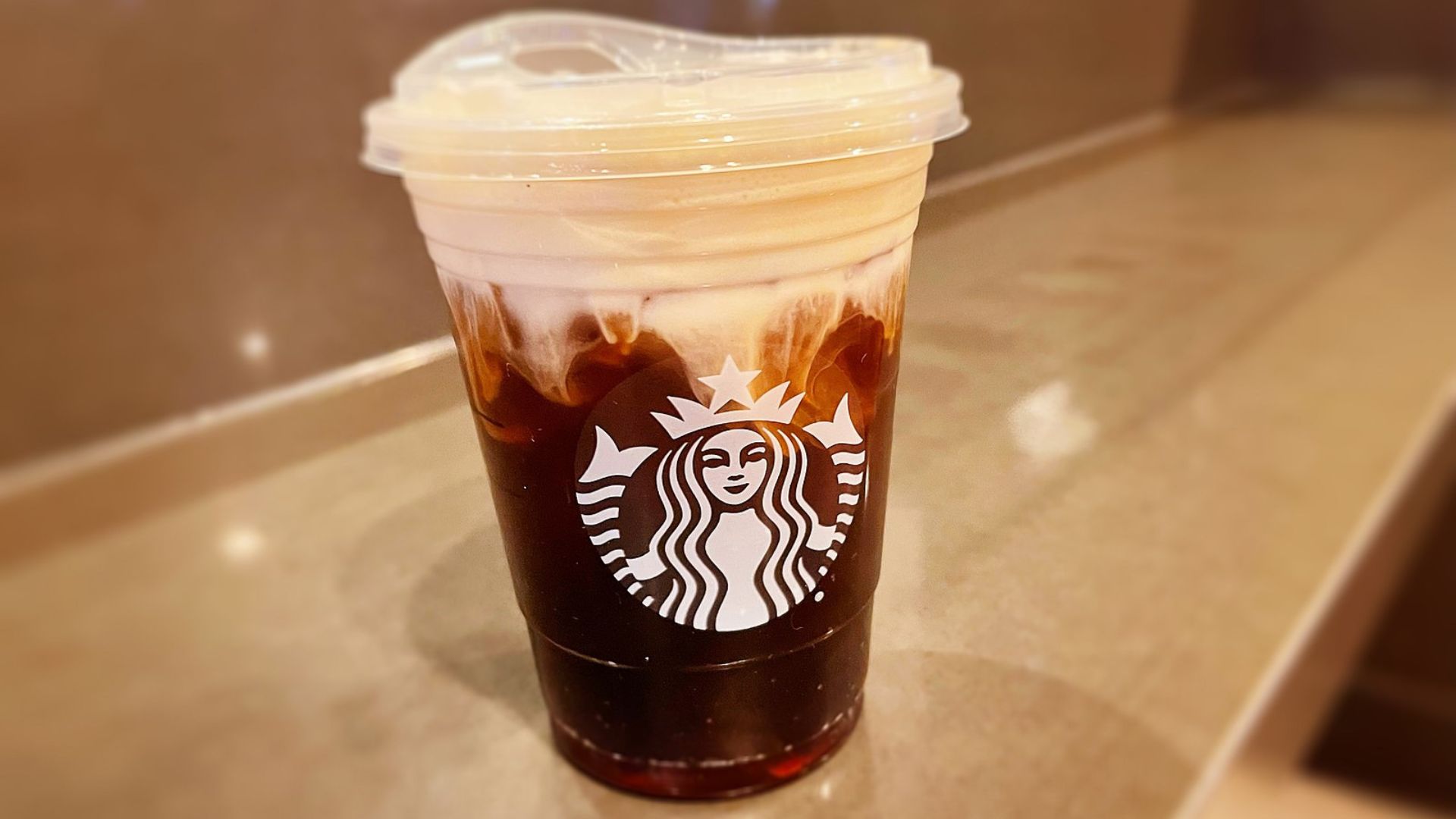
To address the complexity and time required to prepare its increasingly popular cold drinks, Starbucks is introducing specialized cold-bar stations.
These are intended to expedite the preparation process and reduce wait times, as cold drinks now constitute about 70% of the chain’s beverage orders in the U.S., according to the Wall Street Journal.
Economic Pressures and Price Adjustments
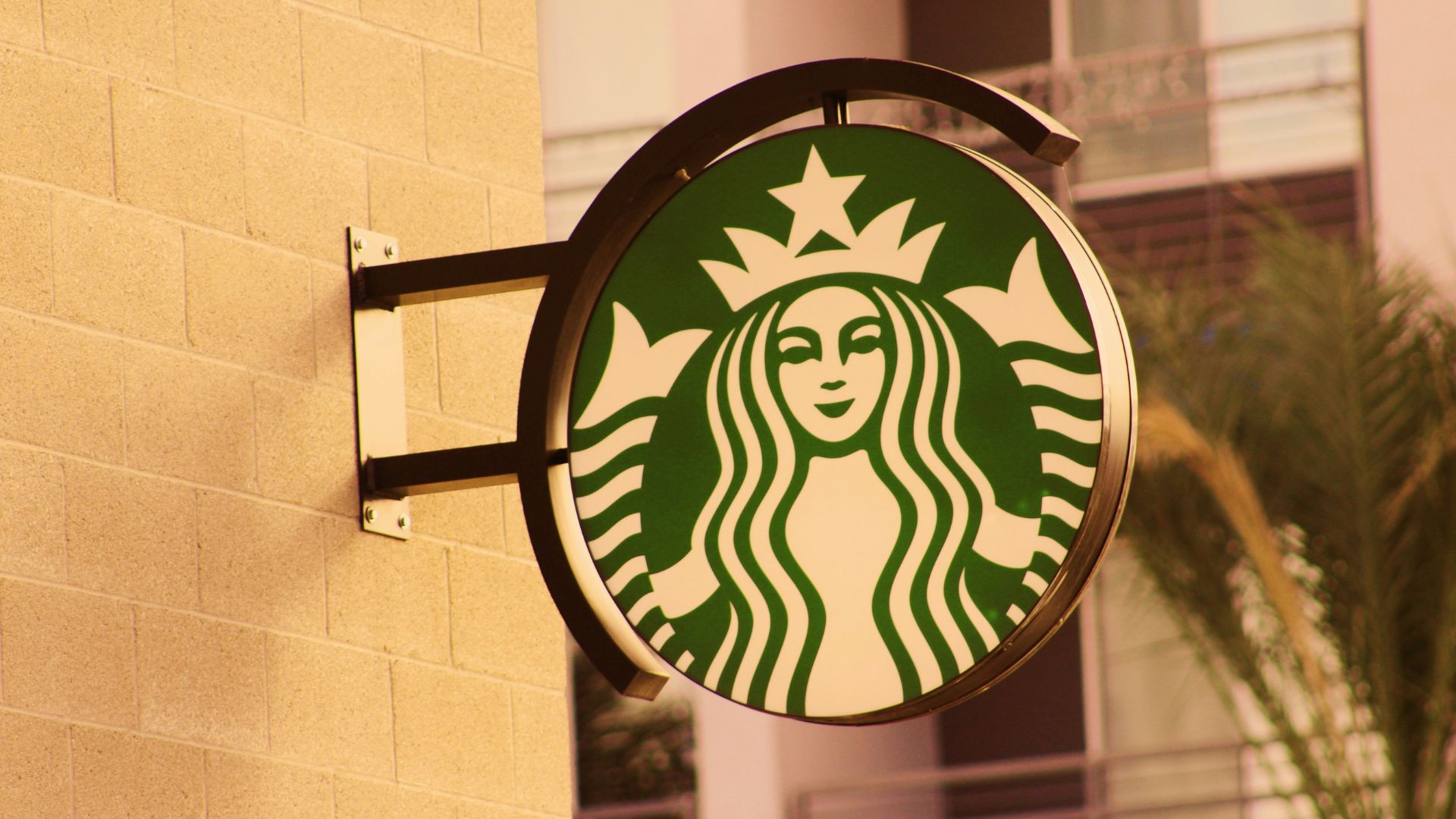
The need to increase prices has been attributed to several factors, including the higher costs of ingredients and the necessity to pay workers more.
These economic pressures are forcing Starbucks to adjust its pricing strategy as it attempts to balance cost management with customer retention during a period of general economic inflation and reduced consumer spending.
Changing Treatment of Workers
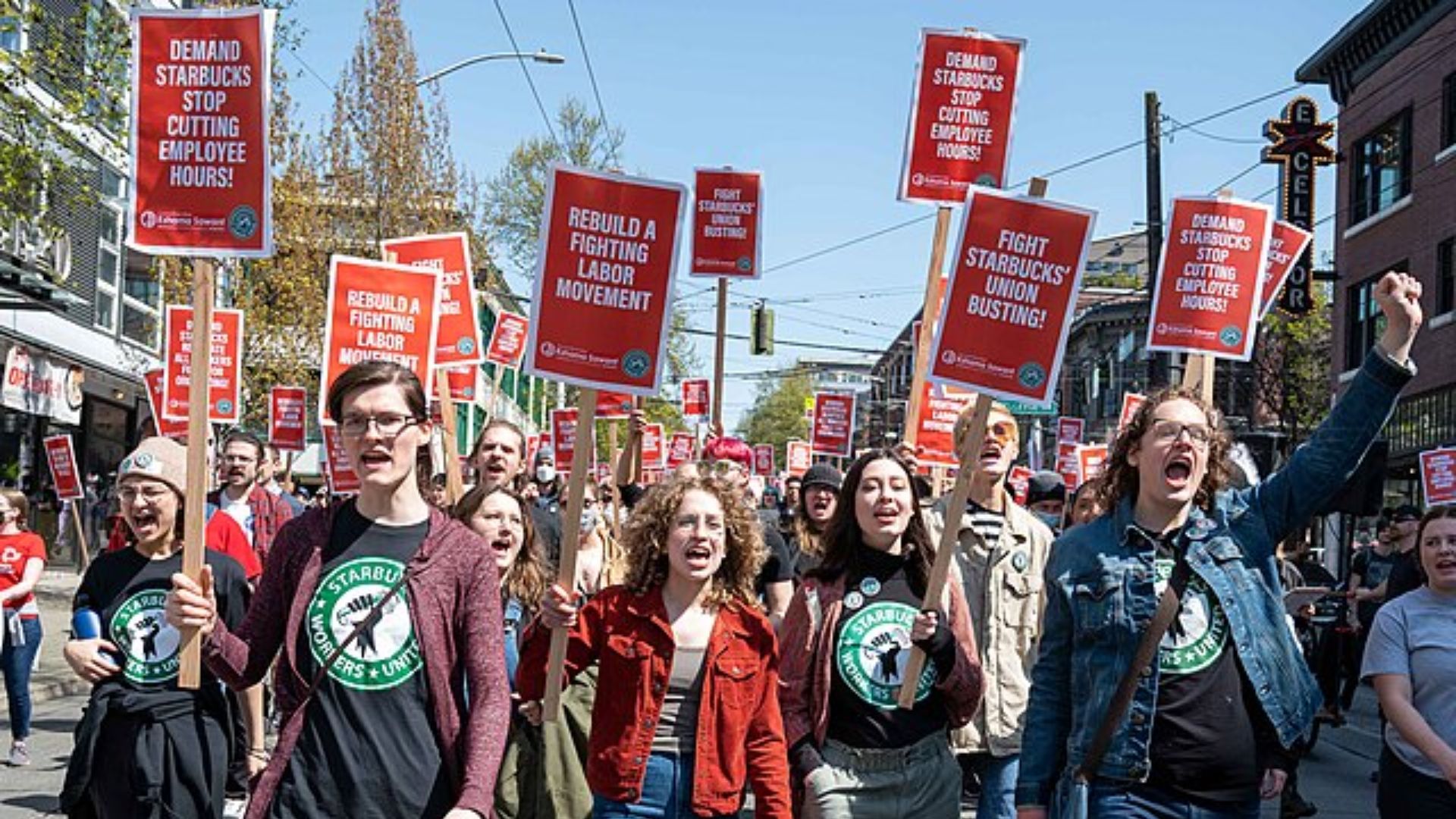
Starbucks used to be known for its generous worker’s benefits like covering online degrees and free therapy sessions on top of healthcare coverage.
However, the image of Starbucks as a top-rate employer is changing. Starbucks has recently drawn criticism from workers’ unions. Workers’ advocates have accused the chain of obstructing unionization efforts at its cafés.
Calls to Unionize
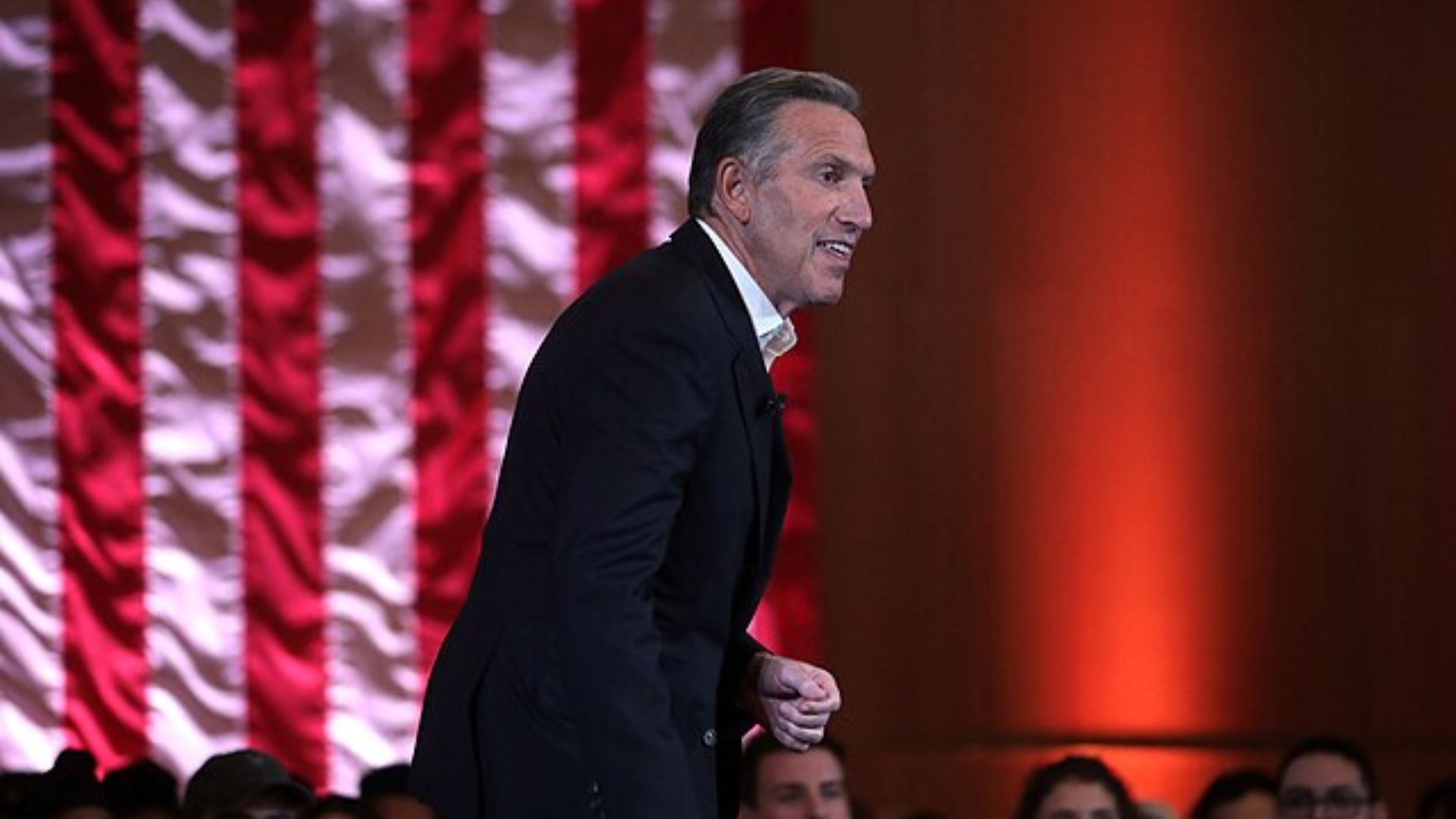
In 2021, baristas voted to reform the Starbucks Workers United Union. Schultz called the union a vocal minority that was trying to drive a wedge between the company and its staff.
By 2022, about 240 of Starbucks’s 9,000 American stores had filed to unionize. By the time 48 store elections were held, Starbucks Workers United won 42 and lost four. Tyler Daguerre, a Massachusetts organizing committee member, said: “Workers are being honest. We are telling you what we need.”
Caught in Political Storm
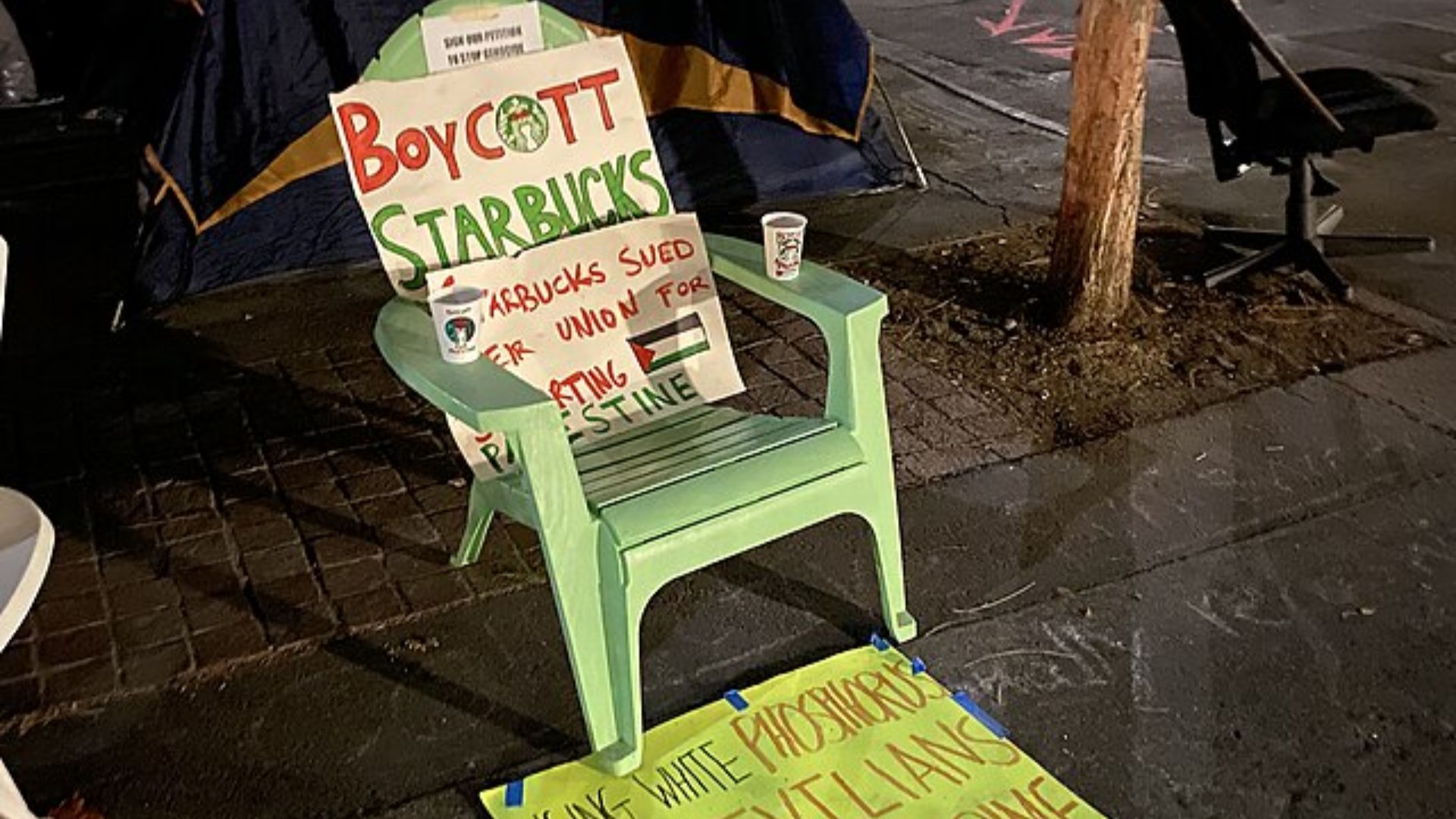
Starbucks’s position in the Israel-Hamas war has also exacerbated its current dry spell with sales.
When the conflict began, Starbucks Workers United expressed support for Palestinians on social media and called for a boycott. Starbucks disagreed with the union, stating that it condemns acts of terrorism and violence. Within a month, the chain’s sales had fallen by 6%.
Tough Competition
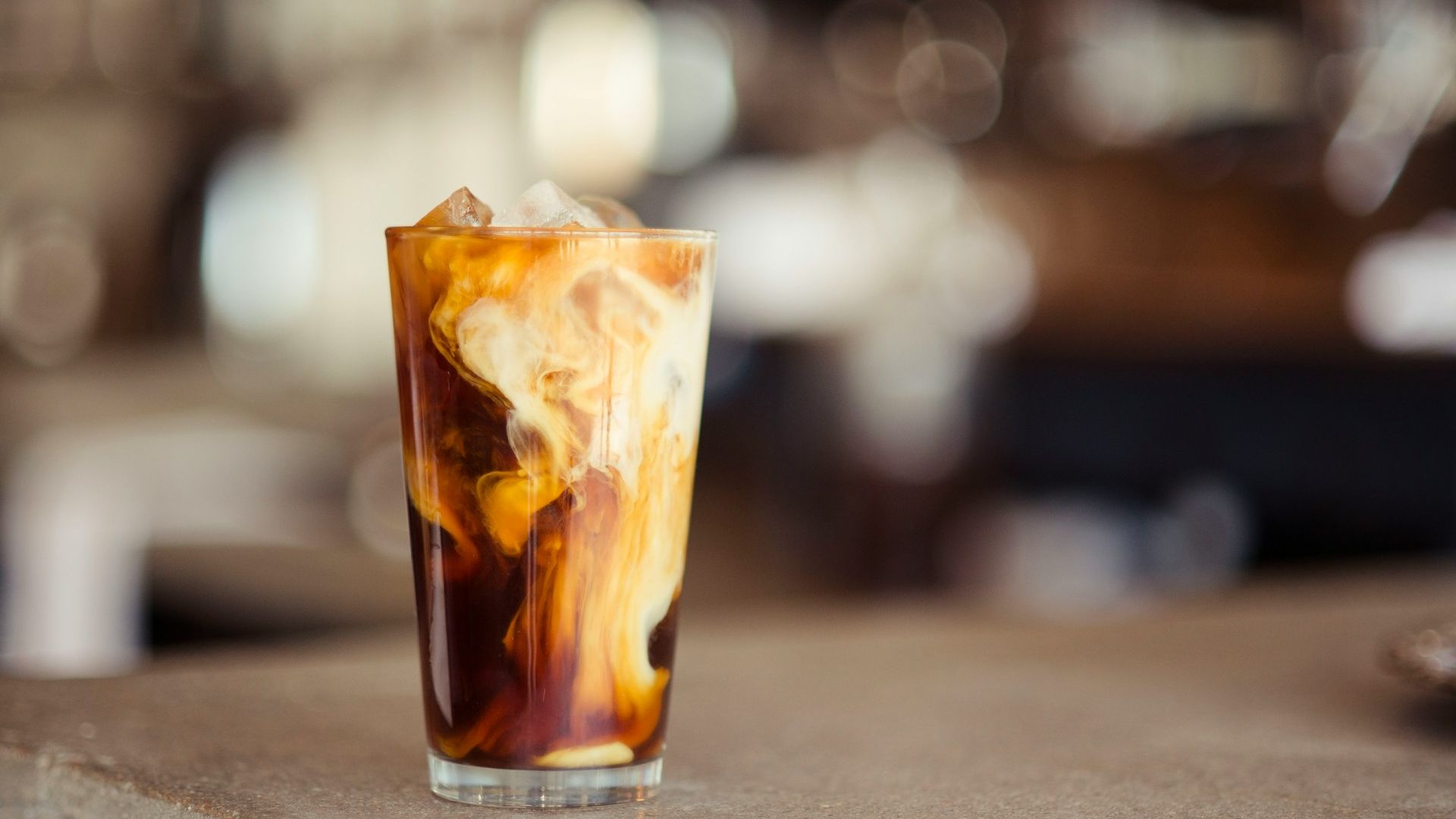
In the past, Starbucks was one of the few options for high-quality coffee.
This is no longer the case. There are plenty of coffee shops with good drinks and fast Wi-Fi. Financial news service, Seeking Alpha, reported: “More and more coffee houses have sprouted up. The bottom line will be much harder to achieve going forward.”
Customer Shifts to Local Alternatives

As a result of these changes and challenges, some long-time customers like Brad Pearl are shifting their loyalty to local coffee shops where they find more stable prices and a more consistent experience.
Pearl now saves $150 a month by switching to a local venue where his preferred drink is slightly cheaper, enhancing his daily routine without the premium costs associated with Starbucks.
